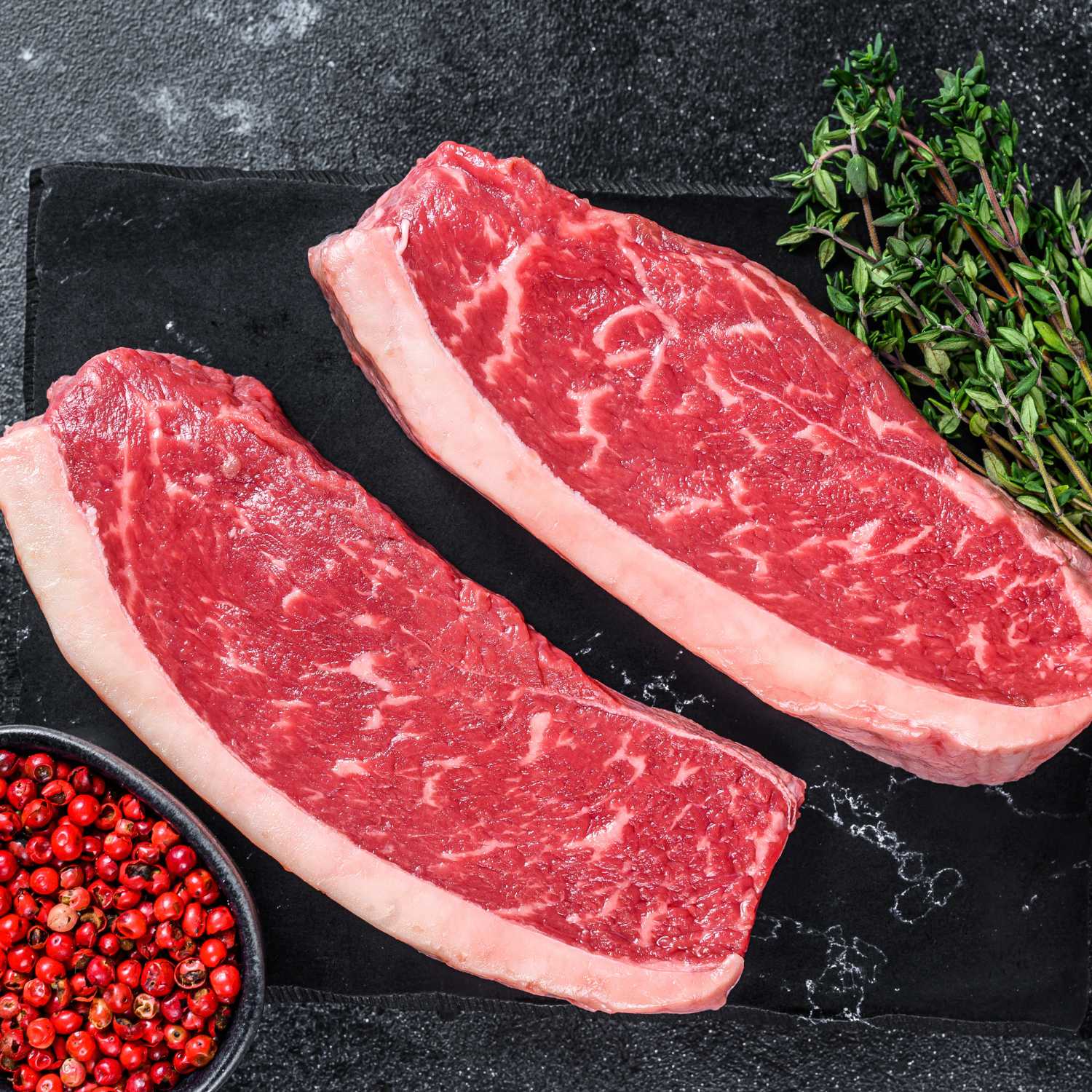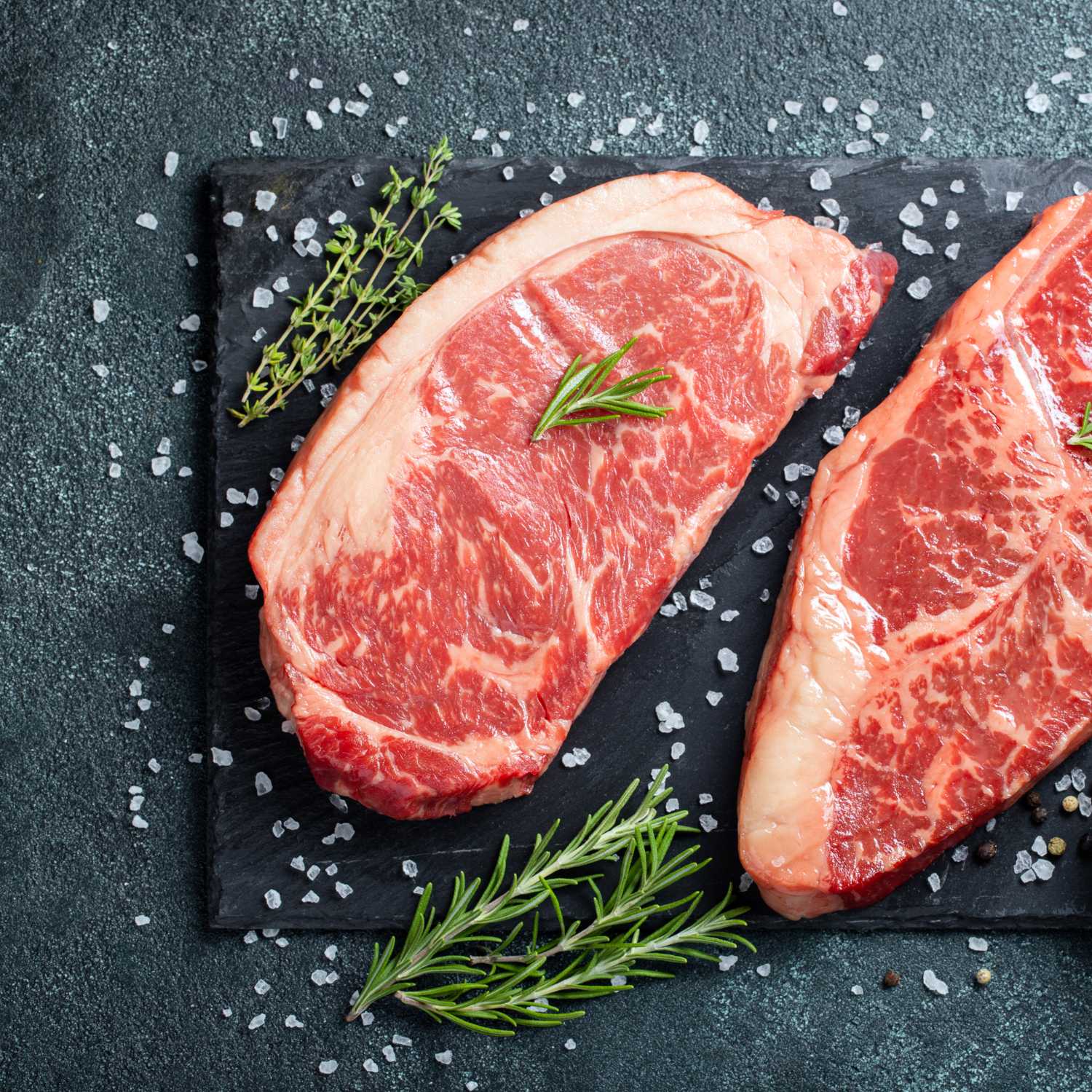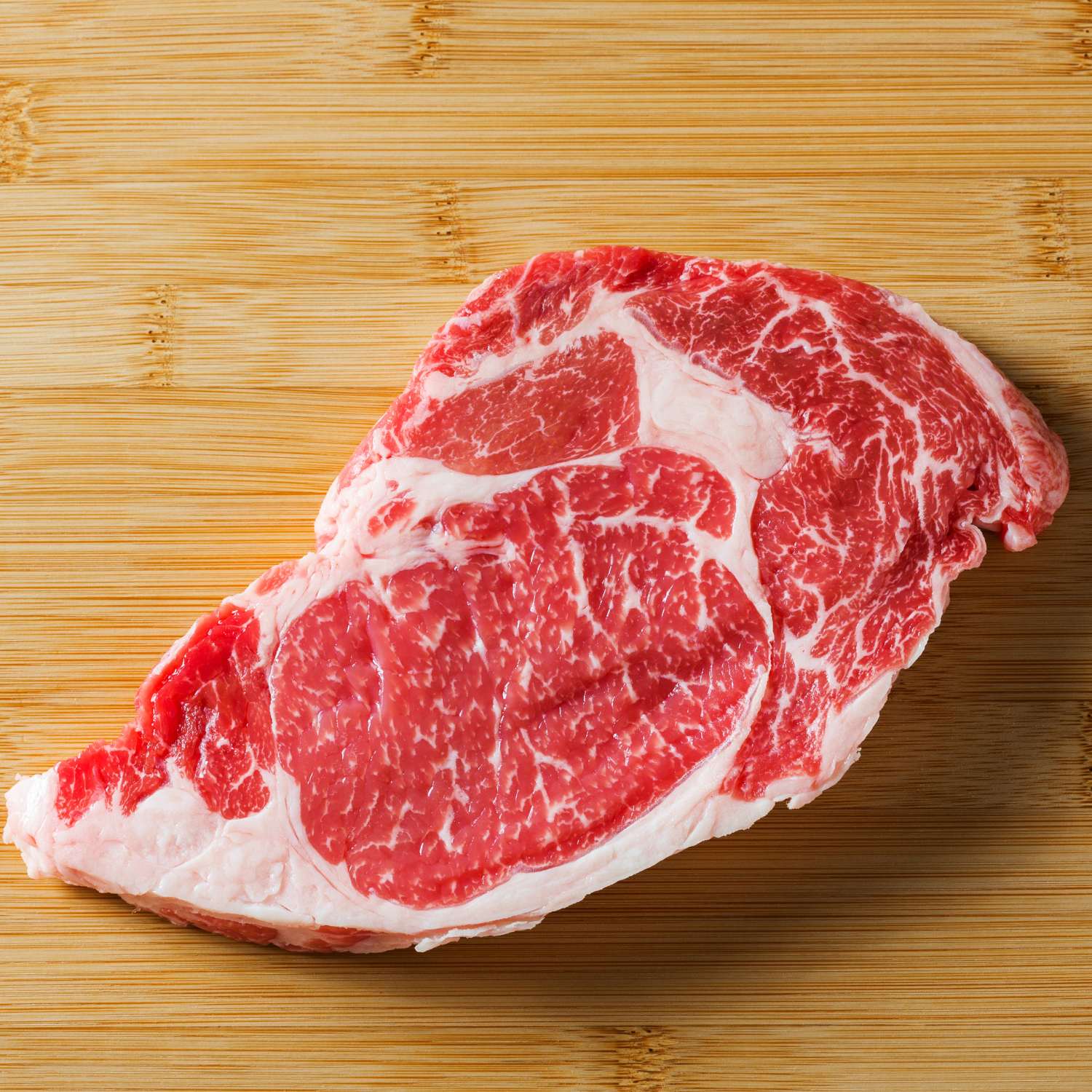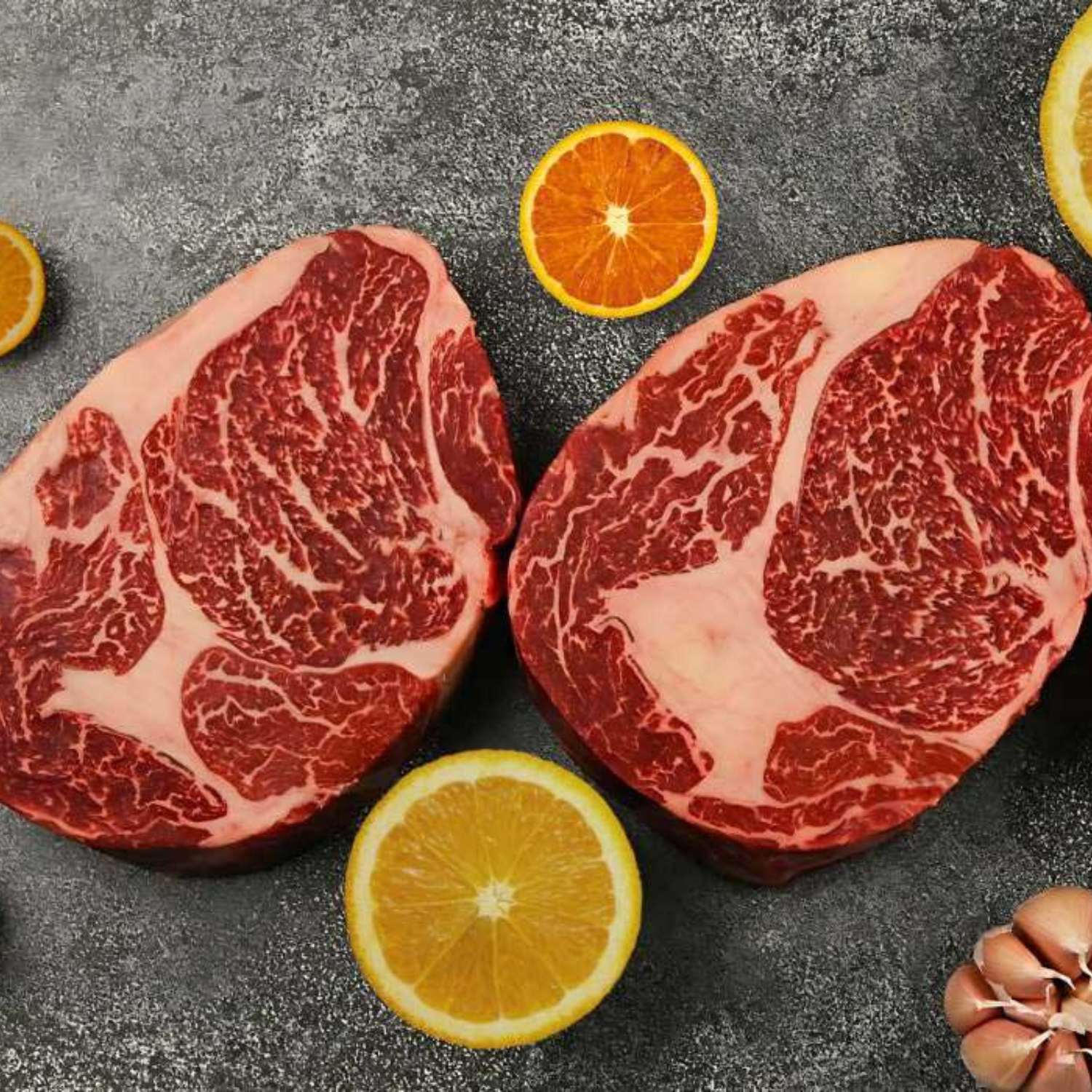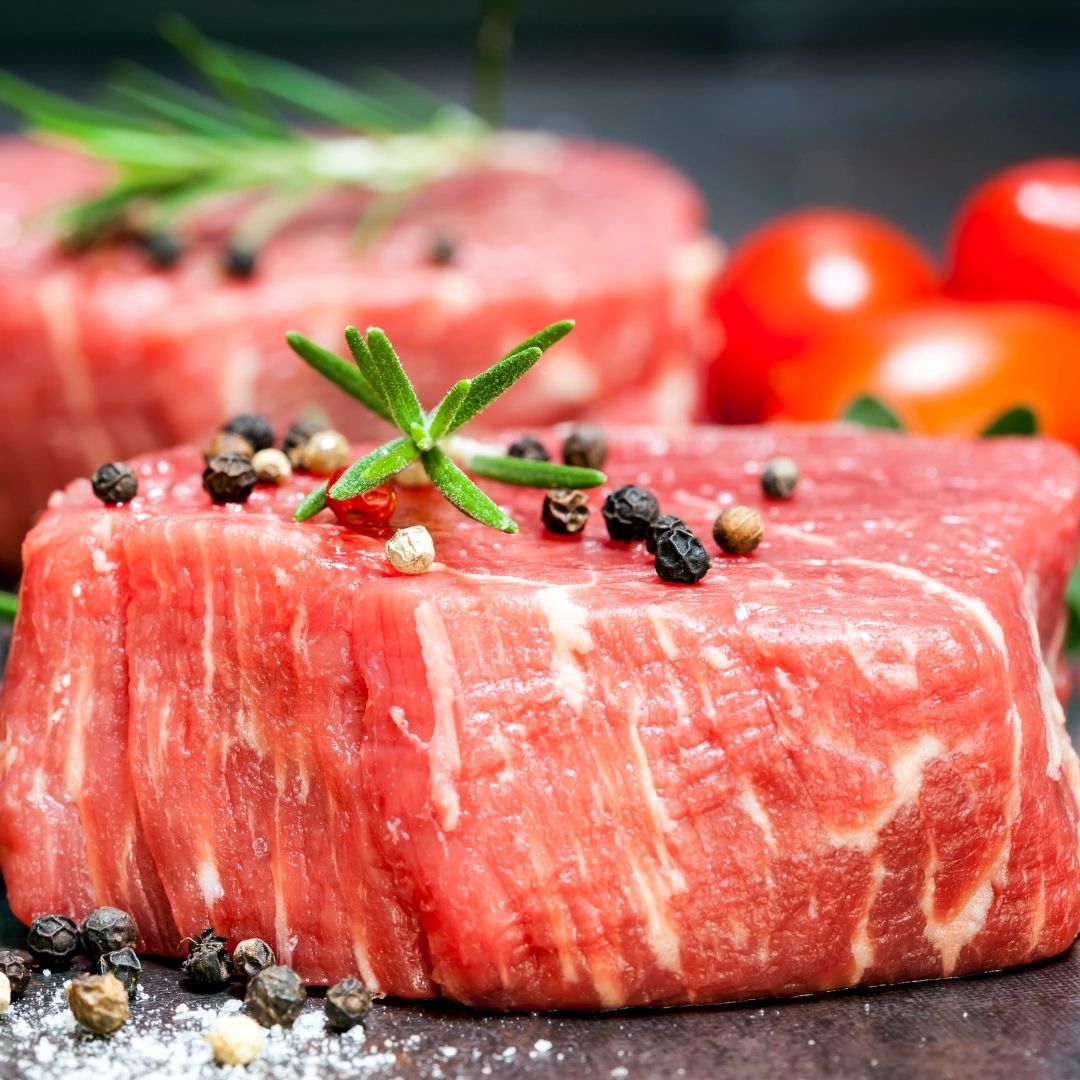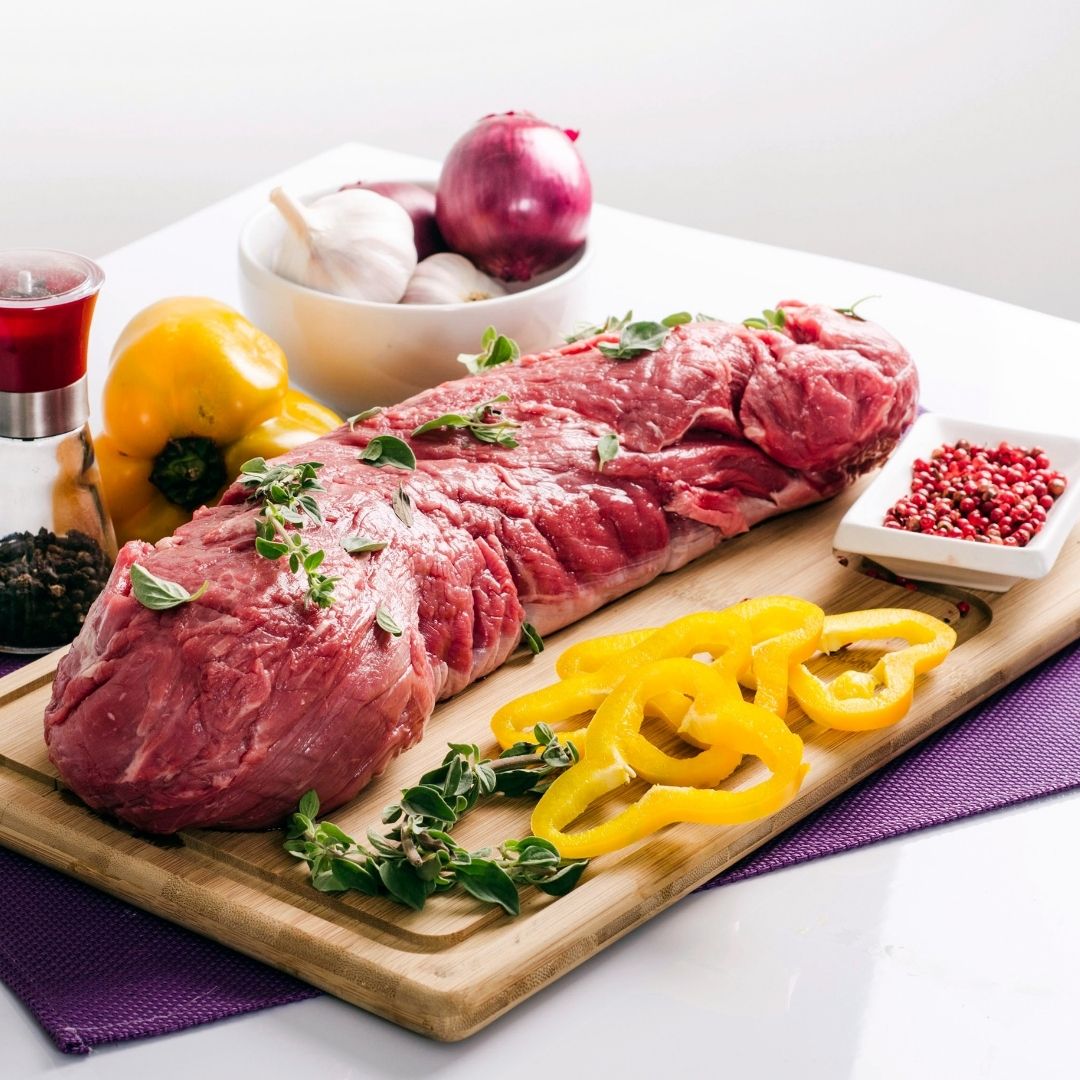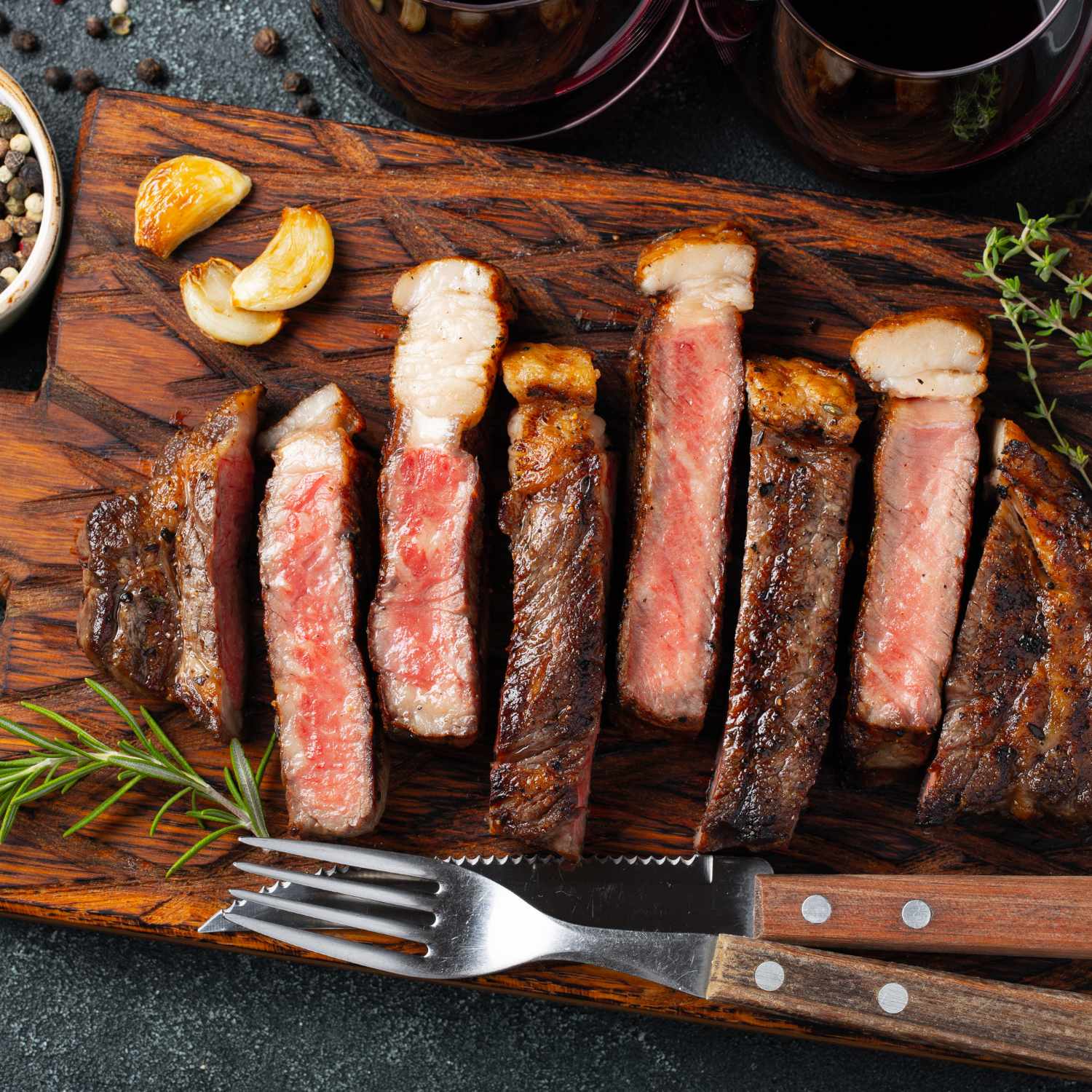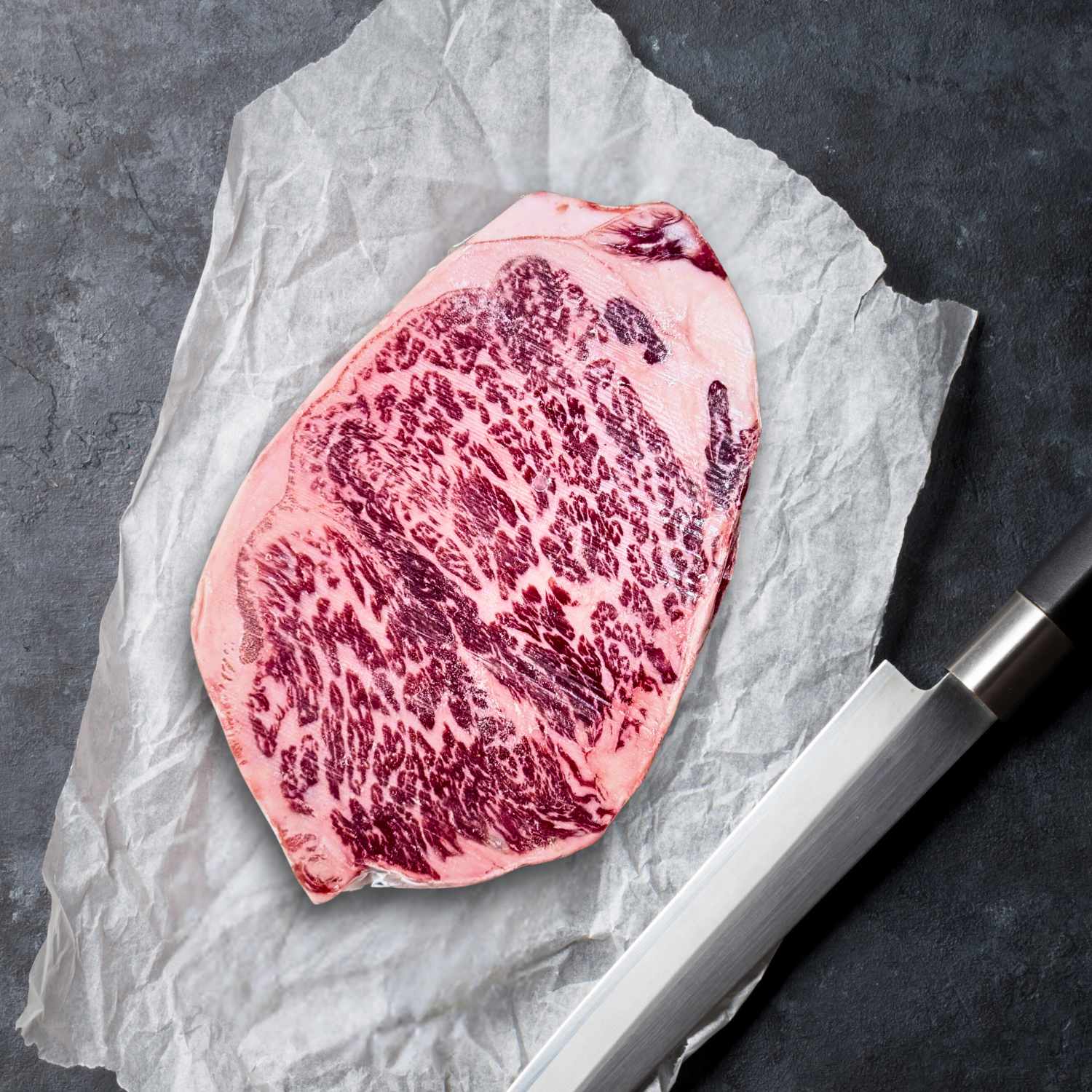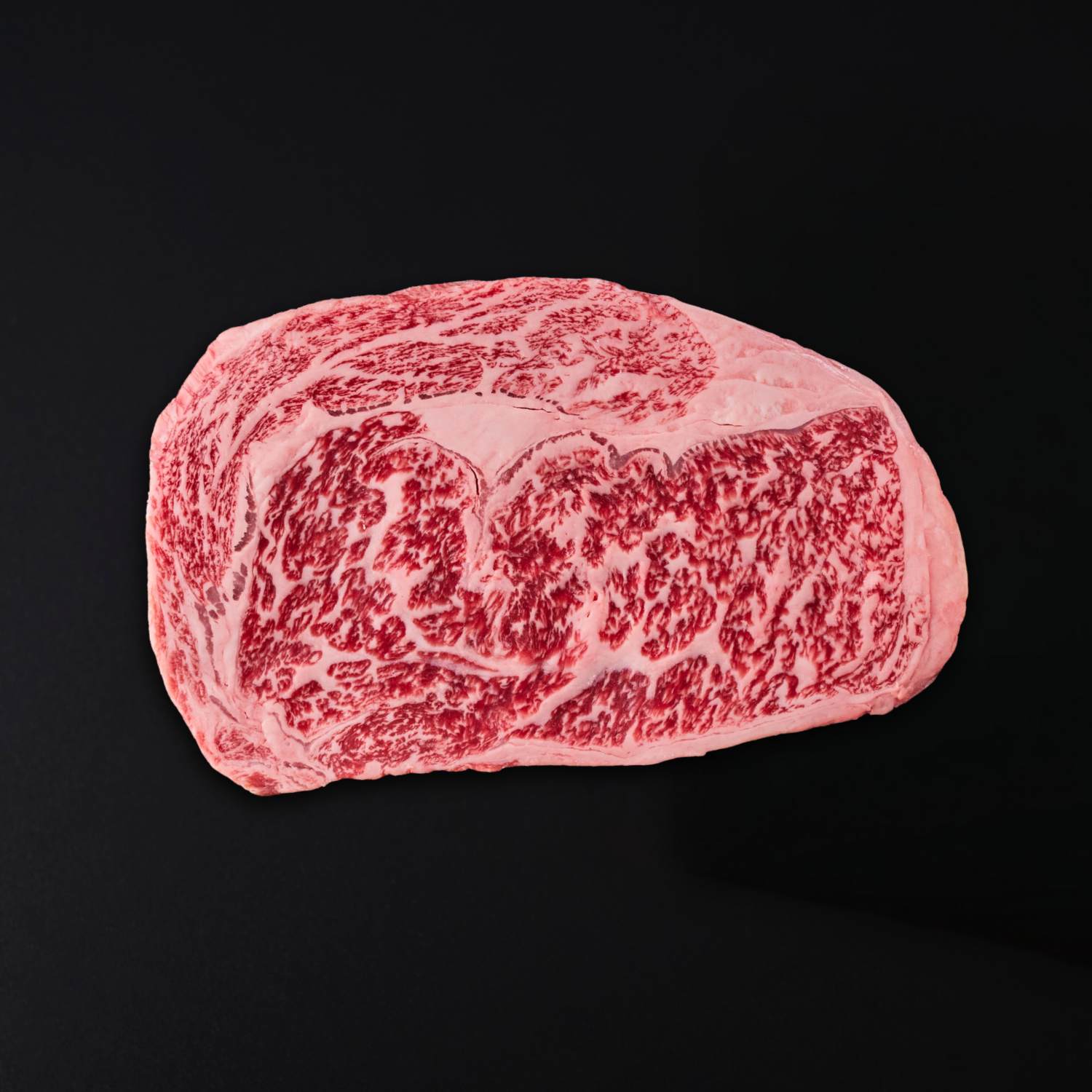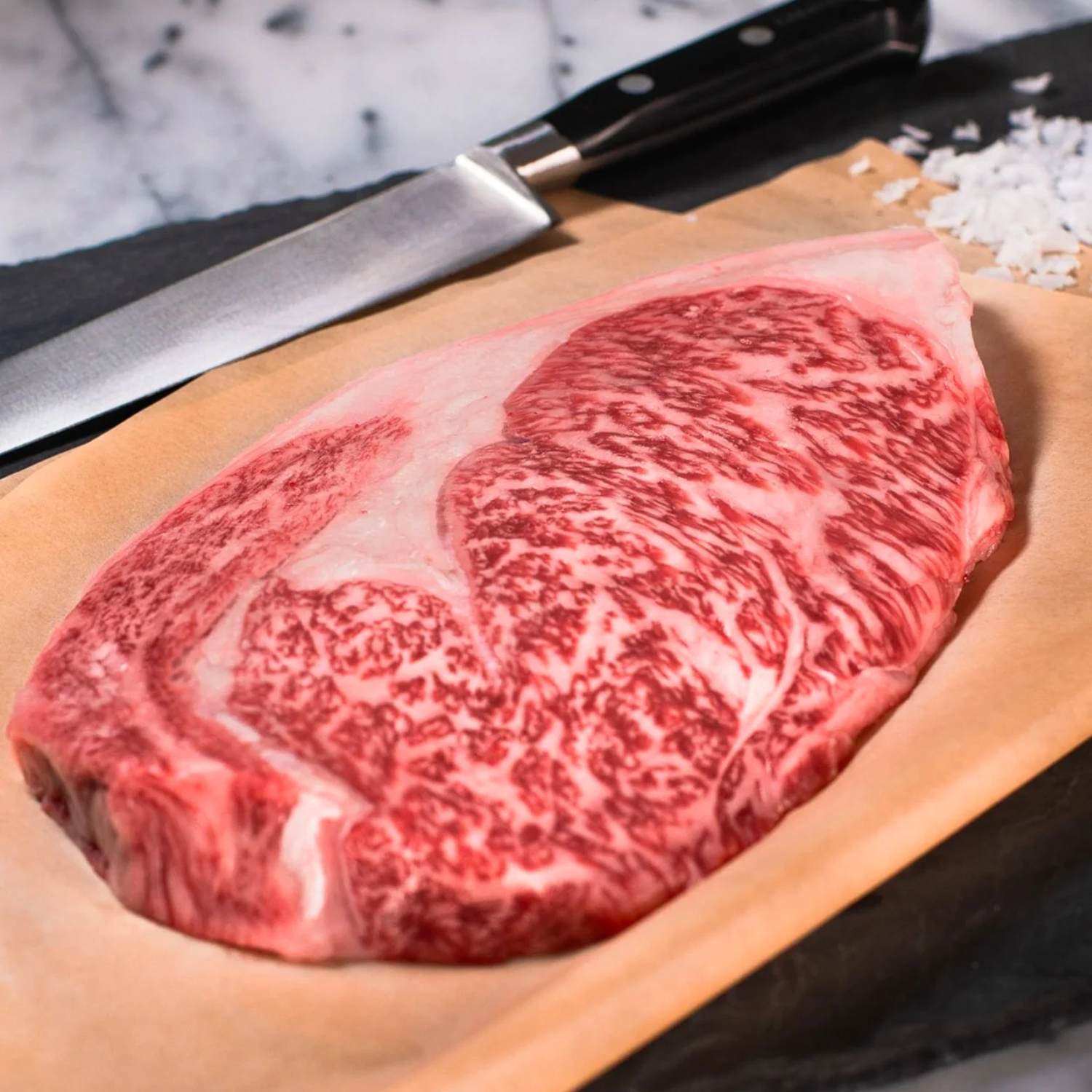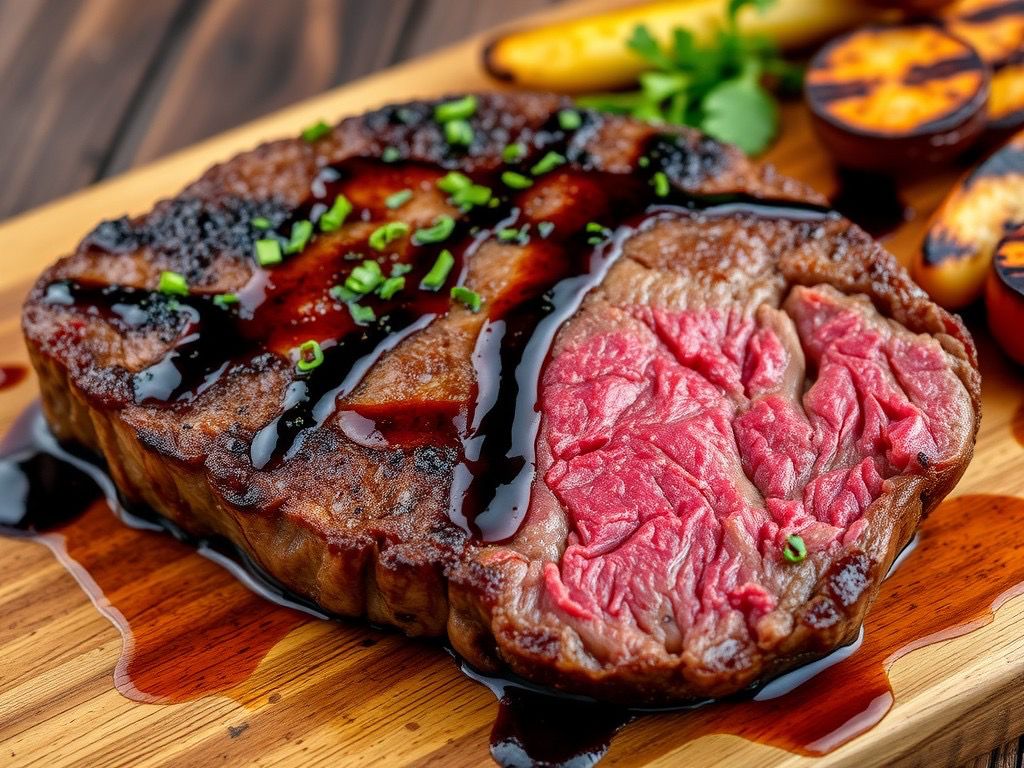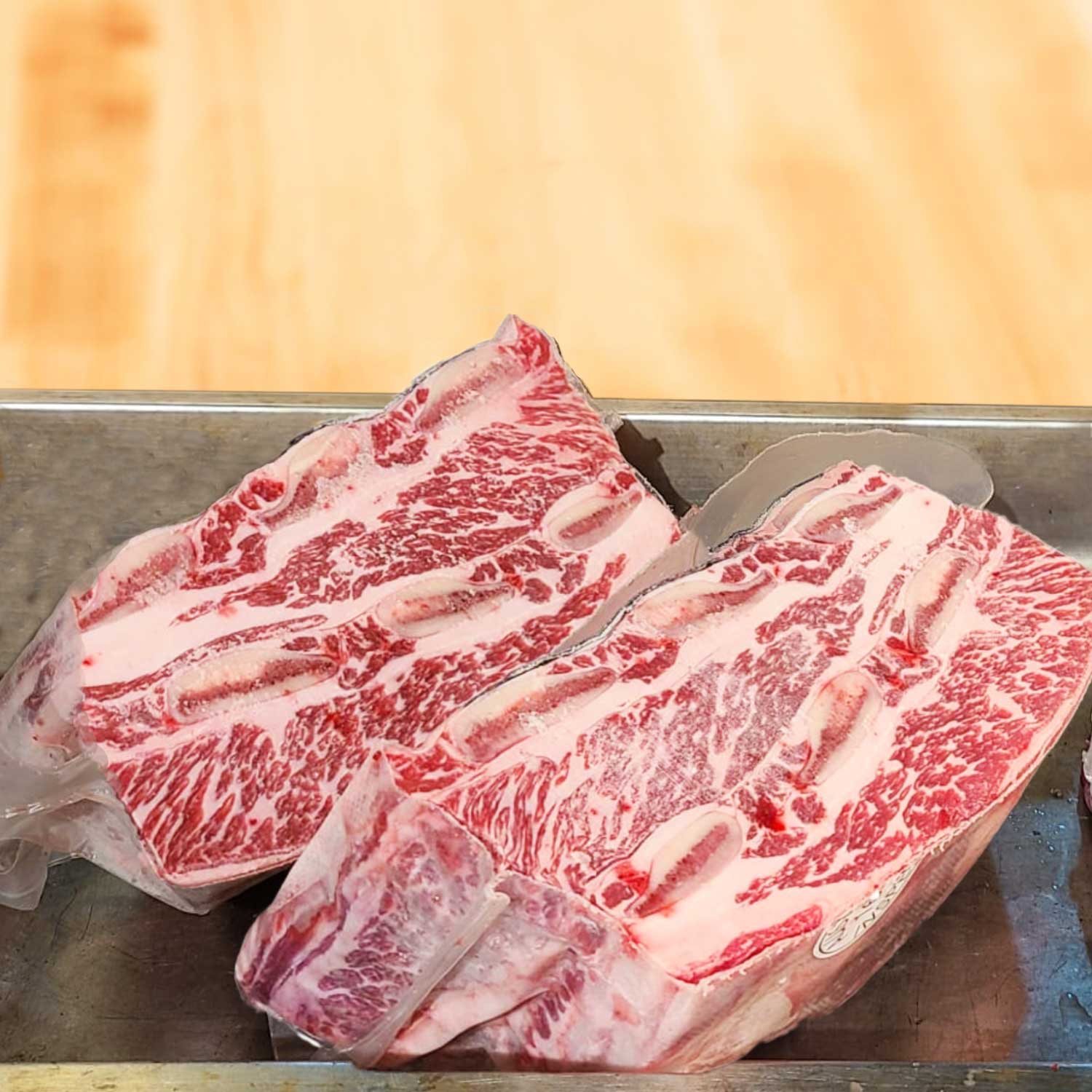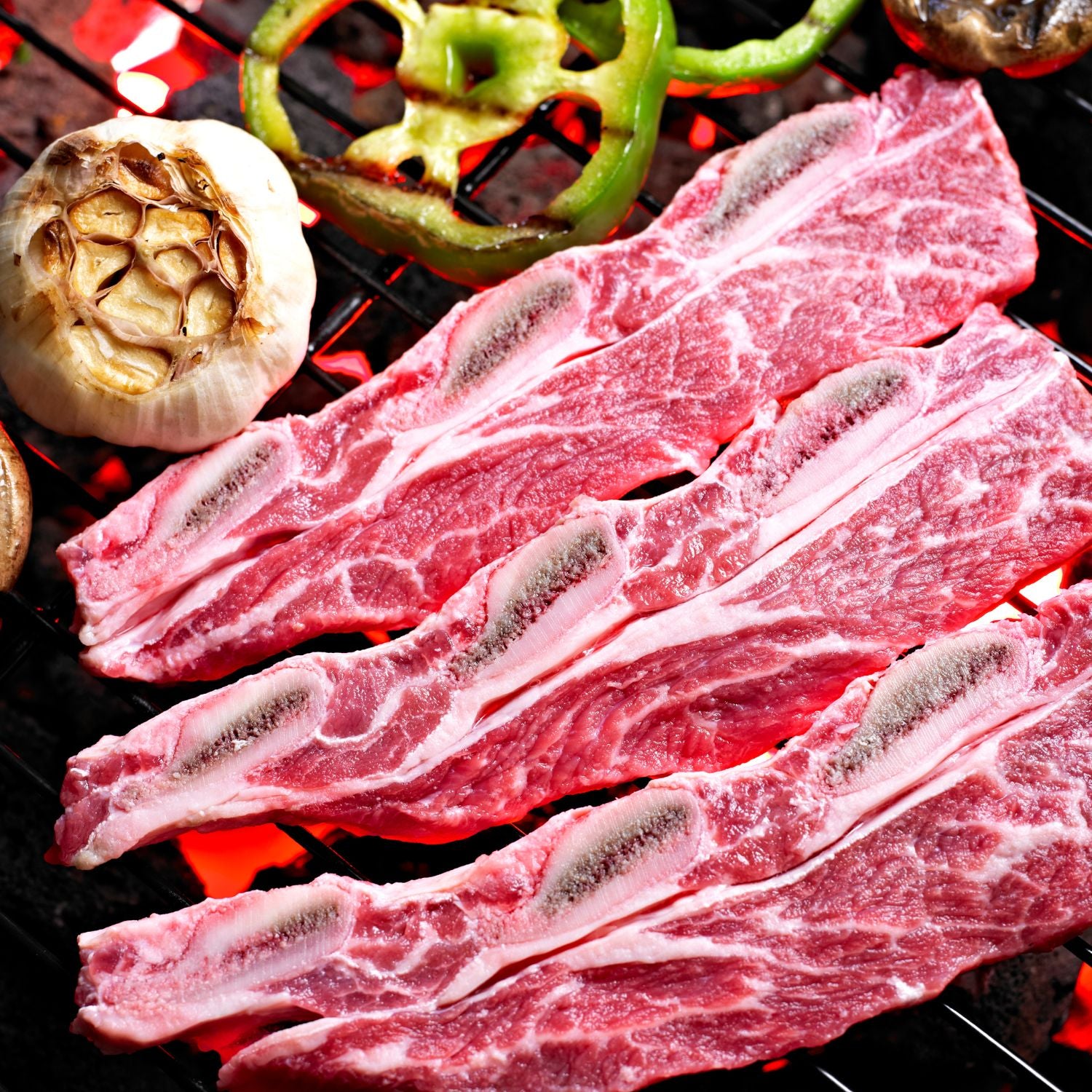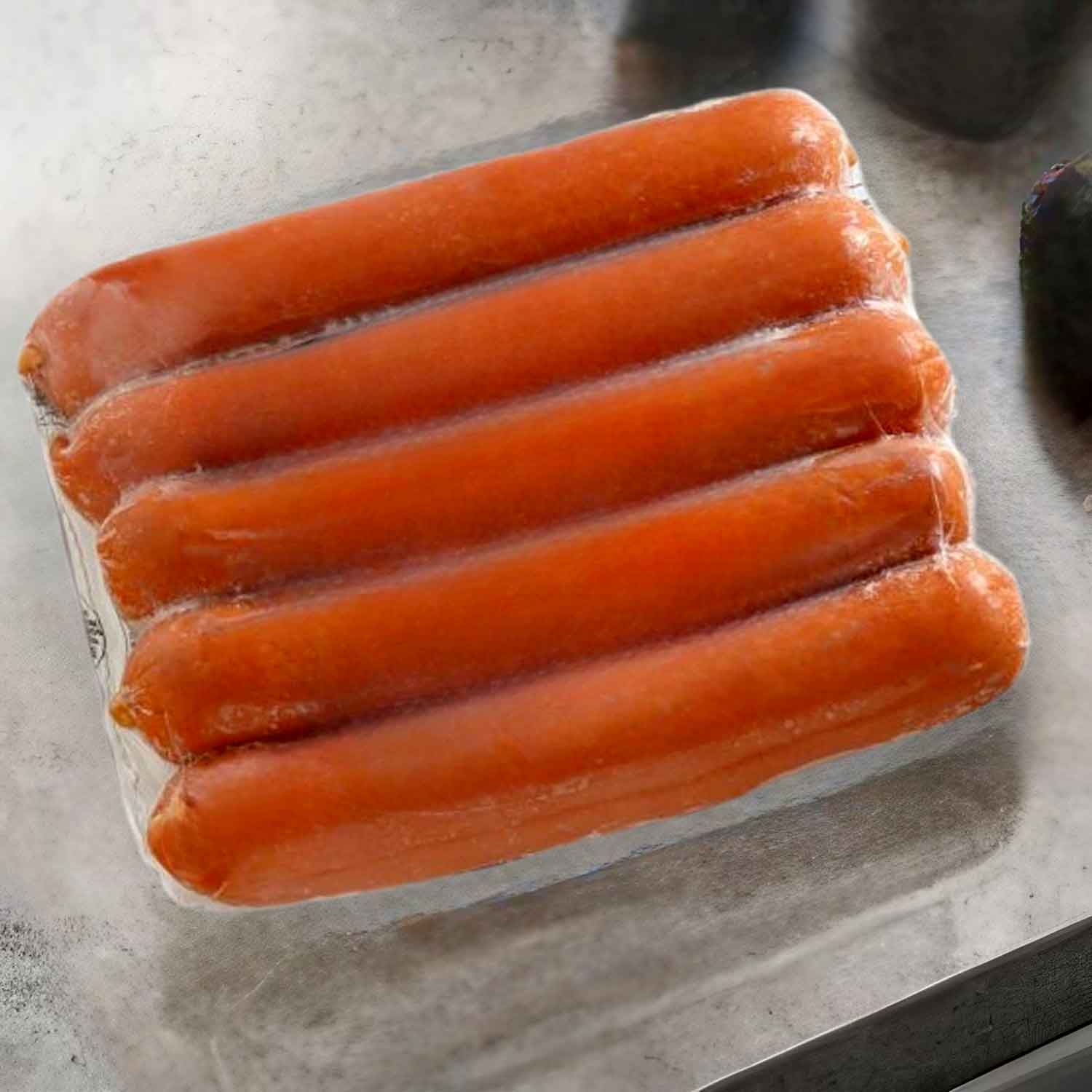Choosing the Right Cut of Beef for Grilling
Understanding Beef Cuts and Their Flavors
Before you fire up the grill, know your beef cuts. Different parts offer unique tastes.

- Ribeye: Rich in flavor, with lots of fat. Ideal for a juicy steak with a smoky taste.
- Sirloin: Less fat than ribeye, but still tender. Good for a hearty, beefy meal.
- Filet Mignon: Very tender and lean. It cooks fast and suits those who like mild beef.
- T-bone: Offers two flavors in one - tender filet and flavorful New York strip.
- Brisket: Perfect for low and slow cooking. It gets a strong smoke flavor over time.
Choose based on the taste you want. Mix it up to give guests variety. Enjoy the flavors of beef!
Selecting Beef Based on Marbling and Texture
When picking beef for grilling, marbling and texture are key. Marbling means fat strings in the meat. This fat melts when cooked, adding juiciness and taste. Aim for even marbling. The texture of beef matters too. For tender grills, choose cuts like ribeye or filet mignon. If you prefer chewy, go for flank or skirt steak. The right balance of marbling and texture will give you delicious results.
Preparing Beef for the Grill
Marinating for Flavor and Tenderness
Marinating beef adds taste and softness. Before grilling, soak meat in a mix of herbs, spices, and liquids. Oil, vinegar, citrus juice, and alcohol help flavors go deep. They also break down tough fibers. A good marinade needs time. For small cuts, a few hours may work. Larger pieces can marinate overnight. Always refrigerate during this step for safety. Before grilling, dry the beef. This helps to create a nice sear.
Seasoning: Rubs vs. Sauces
Seasoning beef for the grill is a key step. We have two main choices: rubs or sauces. Rubs are blends of dry spices pressed onto the meat. They create a crust that seals in flavor. Use rubs when you want a bold taste and a textured crust. Sauces, like BBQ or marinade, add moisture and can caramelize. They give a rich, tangy kick. Apply sauces later in cooking to avoid burning. Both methods can make your grilled beef delicious. It's all about the taste you prefer!
Grilling Techniques for Perfect Beef
Managing Heat: Direct vs. Indirect Grilling
Mastering heat is key to grilling beef just right. There are two main ways to grill: direct and indirect. With direct grilling, you cook the beef right over the heat. This method is good for quick-cooking cuts like steaks. On the other hand, indirect grilling is where the heat is off to the side. You use this method for larger, tougher cuts that need more time. It's like using the grill as an oven. The idea is to cook the meat evenly without burning the outside. Each method has its advantages, depending on the beef cut and the recipe you're using.
Timing and Temperature Tips for Ideal Doneness
For mouth-watering beef on the grill, timing and temperature are key. Here's a guide:
- Preheat your grill to the right temp. High heat for steaks, medium for roasts.
- Use a thermometer to check doneness. Rare is 120-130°F, medium rare 130-135°F.
- Flip once halfway through. This gives meat a great crust.
- Watch the clock. Overcooking is easy, so check early and often.
- Let it rest. After grilling, wait 5-10 minutes before slicing. Juices will spread.
With these tips, your beef will be done just right. Happy grilling!
Resting Meat: Why It's Essential After Grilling
Resting meat is vital after grilling. It allows juices to redistribute. When you grill beef, its juices gather towards the center. Once off the grill, these juices need time to settle back. This waiting period is what makes your steak juicy and tender. Cut too soon, and you'll lose those flavors. How long should you wait? A good rule is to rest meat for about half the time it was cooked. Place it on a warm plate. Cover it loosely with foil. This will keep it hot without overcooking. By doing this, your beef will be as flavorful and tender as possible.

